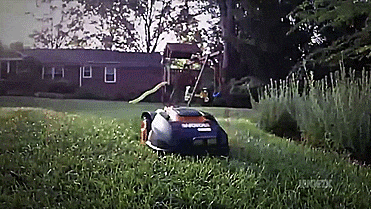Re: THE Biodiversity thread Pt. 2(merged)
We have had several herpetologists here during the past years who are exclusively studying the impact of the decimation of amphibian populations due to Chytrid fungus. One researcher from Germany is an expert on frogs and toads of Panama. His most recent visit only partially confirms the bounce back of some species. There is no doubt that chytrid fungus globally has represented a major extinction event for amphibians and Central AMerican tree frogs have been particularly vulnerable. After millions of dollars of research it is still not clear what caused the chytrid fungus to spread. What is encouraging, as is being reported, is that some species suffered over 99% population loss and then have now slowly rebounded. In a population of millions of frogs it only takes a small fraction to have resistance to then recolonize their habitat. That is like a major influenza virus wiping out 98% of humans and then the couple of million resistant survivors bouncing back.
There are a couple of dozen species of tree frogs from the American tropics that are no longer found in the wild and are being captive bred in clean room laboratories free of the fungus. All attempts and re introductions have failed since these captive bred frogs are not resistant to the fungus and when reintroduced get infected.
Here is a recent blog entry from Mount Totumas regarding one species rediscovered here after not having been seen for 10 years
http://blog.mounttotumas.com/?p=3001
There are a couple of dozen species of tree frogs from the American tropics that are no longer found in the wild and are being captive bred in clean room laboratories free of the fungus. All attempts and re introductions have failed since these captive bred frogs are not resistant to the fungus and when reintroduced get infected.
Here is a recent blog entry from Mount Totumas regarding one species rediscovered here after not having been seen for 10 years
http://blog.mounttotumas.com/?p=3001
Starrett’s Tree Frog Isthmohyla tica
Andreas Hertz, an expert on Panama’s amphibians, and his colleague Alex Shepak visited us in early January. This was Andreas’s 3rd visit to Mount Totumas surveying amphibians.
The Pandemic of chytrid fungus (Chytridiomycosis) effecting many amphibian species around the world is a focus of Andreas’s work. Many species formerly common in Central America are now feared extinct, a few have bounced back.
During their visit Andreas located a critically endangered Tree Frog, the Starrett’s Tree Frog Isthmohyla tica. This frog has not been seen on the Pacific side of Panama or Costa Rica in over 10 years. Here is the red list IUCN reference of this species:
http://www.iucnredlist.org/details/55675/0
There is hope that the remnant populations of this and other critically endangered amphibian species are made up of individuals with disease resistance. This may enable some species to bounce back. For this reason Andreas and Alex were taking tissue swap samples for further investigation.
 :
:





